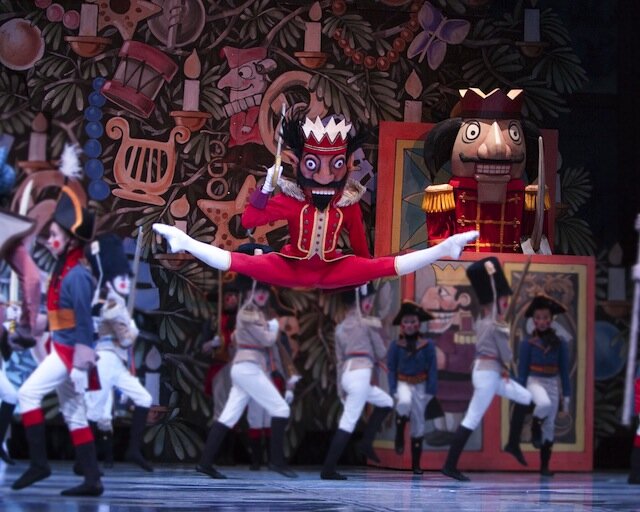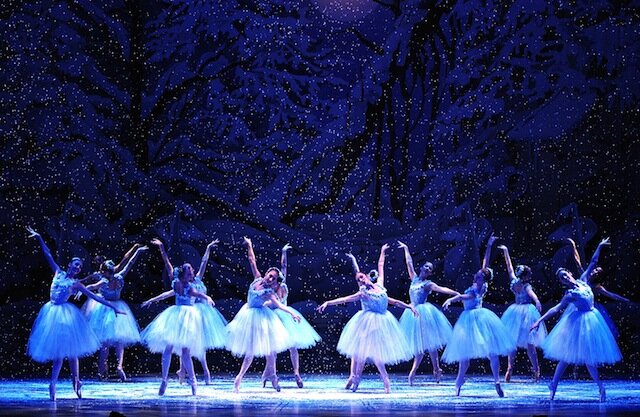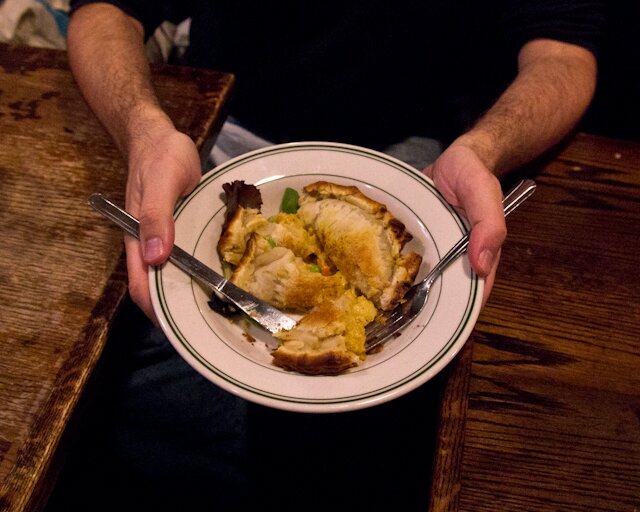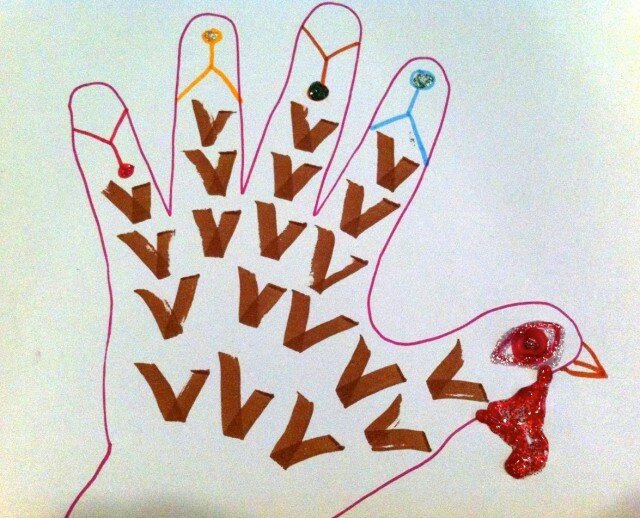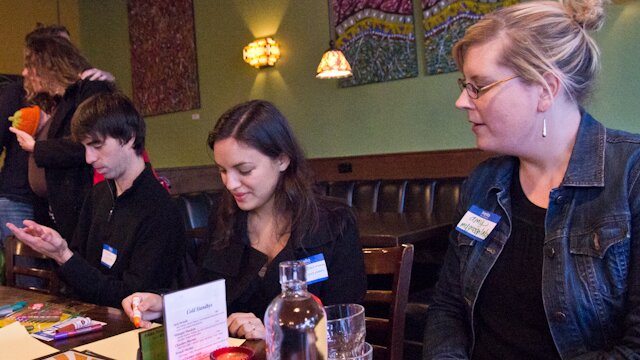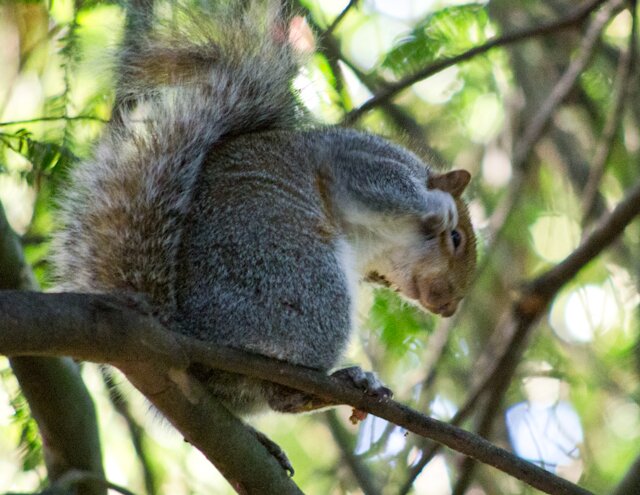For some of us, it just isn’t the holiday season without The Nutcracker (tickets available for Pacific Northwest Ballet’s production, now through December 27 at McCaw Hall). Having worked for a regional ballet company, I’ve seen probably over 100 Nutcracker performances. And for some reason, I keep coming back–it’s part of the holidays for me. New traditions have also been added, such as watching Santa and the Ice Cream Bunny, but this one endures.
So what do I get out of seeing, say, my 104th Nutcracker performance? I’ll tell you what I was looking for at last Friday night’s opening.
Young Clara: Played as a child on opening night by Isabella Alabi, she sets the stage for the story. Like the best Claras, Alabi was both good actor and good dancer, with grace and presence in her performance. When she pleaded with her mother to get her a doll like the other girls had, Alabi blended her pantomime expertly into her dancing, which helped propel the story forward smoothly and naturally. If you don’t care about young Clara, the whole rest of the ballet is just pretty dancing. Alabi made us care.
Fritz: Clara’s little brother is a small role, but the right young dancer can steal the whole party scene. I’m looking for the archetypical little brother with a good amount of disruptive mischievousness. As danced by William Lynch, Fritz was gleefully bratty. Even from halfway back in the theater, you could see his eyes light up as Herr Drosselmeier whispered into his ear to encourage him to terrorize Clara and her friends. Often, young dancers playing Fritz are more or less dancing the role, but Lynch embraces his little brother role, evident in a realistically defiant foot stomp when his parents make him stop bothering his sister. Sometimes the best Fritzes are actually played by girls, but Lynch brought it home for the boys this year.
Older Clara: When she’s magically transformed from a pre-teen to a young woman, I’m looking for recognition that they are the same person. It sells the story. Last year, Carla Körbes settled in with a “Wow…this new body is cool” transition that I didn’t see in Maria Chapman’s performance this year. (Check the casting for your night.) That said, she did have terrific chemistry with her Prince, danced by Seth Orza. Together, they nail the key lifts and fish dive while infusing their Act II pas de deux with feeling. You can feel the charge between them as he gently brings her down from a lift as if she weighed nothing.
Peacock: Set to the smoky Arabian Dance music, this role should grab the audience and completely mesmerize them. I’ve seen PNB’s Nutcracker somewhere around 12 times and for many of those performances, the Peacock was danced by the now-retired Ariana Lallone. Lallone’s Peacock had exotic power; she was captive but not owned. This year, Lesley Rausch’s Peacock had a fragile beauty–not fiery, but gracefully powerful in her own way. The audience loved her.
Snowflakes / Waltz of the Flowers: In each of these scenes, the strong PNB corps of ballerinas shows what a depth of bench can do for a company. What I look for is unity. With so many dancers on the stage at one time, this piece can look like a Delhi traffic jam if the dancers aren’t careful. In both cases, they showed lyricism and beautiful attention to detail, especially at the end of the Act I when all are en pointe, floating (seemingly weightless) in a rotating circle. The Waltz of the Flowers was particularly sharp, led by Carrie Imler’s commanding Flora, in Act II.
At this point, there are no surprises for me about The Nutcracker, just surprising performances. But I’m always reminded that at every performance, there is someone seeing the magic for the first time. On Friday night, as the last scene of Act I began and the flakes started falling, the young girl sitting behind me stage-whispered to her mother in amazement, “Look, mom…snow!”
